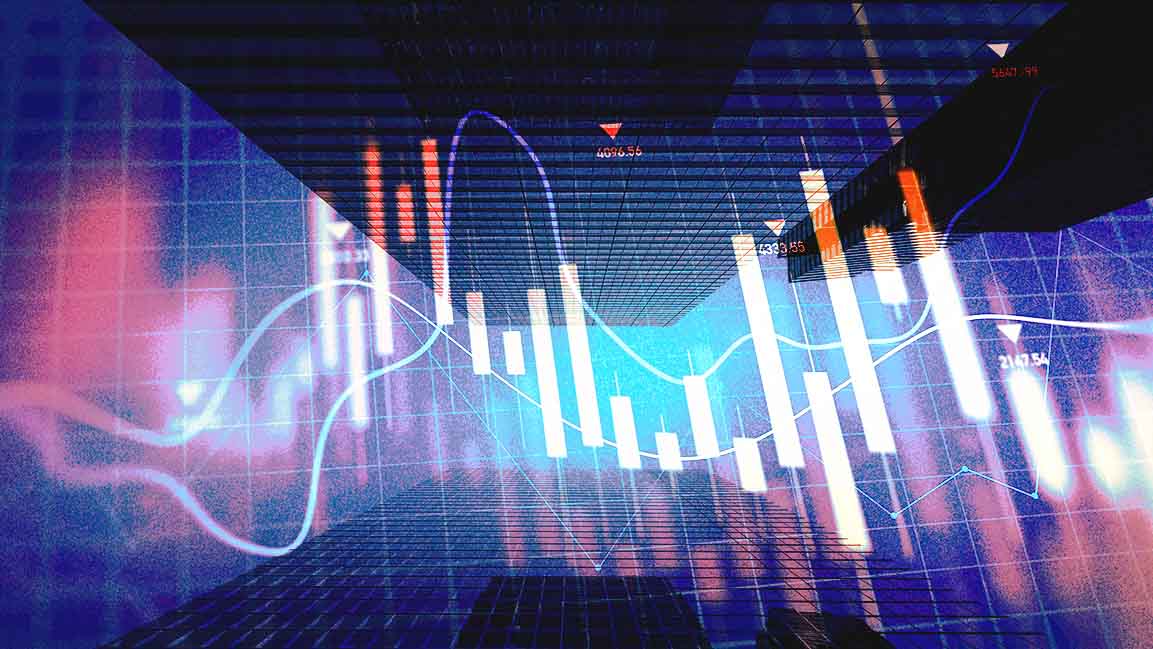- | 7:00 am
Oil and gas sector emits too much methane. This new device could slash emissions at low-cost
SLB has launched an instrument for mass deployment of accurate and continuous methane monitoring for the elimination of emissions in oil and gas companies

A handful of companies are using machines to suck CO2 from the air to tackle climate change. But there could be even more of an impact from removing methane, a greenhouse gas that traps much more heat than carbon dioxide does.
Methane, a potent greenhouse gas, heats the planet more than 80 times faster than CO2 when it’s first released. What’s more, it comprises 50% of the direct GHG emissions of the oil and gas sector.
But a new light and portable monitoring device—from SLB, an energy technology and services provider—could potentially help shrink those emissions at a low cost.
SLB launched a methane point instrument, a self-installed continuous methane monitoring system that uses IoT-enabled sensors to quickly and cost-effectively detect and quantify emissions across oil and gas operations, at the ongoing ADIPEC, an oil and gas conference in Abu Dhabi.
This instrument provides operators with leak detection sensitivity in a small plug-and-play solution. The technology automates continuous methane monitoring—eliminating the need for manual data collection.
The compact device contains an integrated solar panel, wind measurement, and methane sensor. The instrument can be mounted on existing infrastructure and deployed at virtually zero cost—much like a self-installed home security camera.
It enables operators to more economically scale up and quickly roll out continuous methane monitoring across their facilities.
“Designed for ‘always on’, accurate measurement and fast, affordable deployment at any scale, our next generation point instrument widens the accessibility to continuous methane monitoring for the industry, providing producers with a practical pathway to achieve a more complete picture of their emissions profile,” said Kahina Abdeli-Galinier, emissions business director, SLB.
“Having this level of insight, with a new level of deployability, is becoming increasingly important for producers as pressure mounts from regulators and the public across the globe to address the near-term warming effects of climate change caused by methane,” she added.
Several countries recently pledged to reduce methane emissions by 30% by 2030; scientists say it’s possible to go further. Reducing emissions can only partly help since so much methane is already in the atmosphere. But taking the extra step to remove methane from the air could potentially reverse warming.
It has to happen in addition to all the work to decarbonize the economy; without eliminating CO2 emissions, the 1.5-degree Celsius goal is out of reach. However, a methane monitoring instrument could be a handy tool, especially when methane emissions have grown quickly, especially in the oil and gas sector, where the gas is emitted during production and from leaks in pipelines.
































